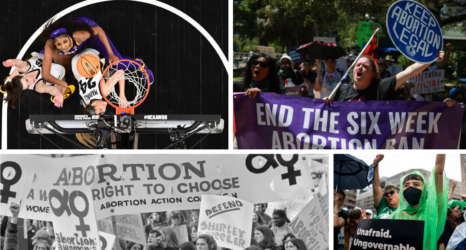Dependence on government assistance is the norm for most couples who unintentionally become pregnant. A recent study from the Guttmacher Institute shows two-thirds of them turn to public insurance programs such as Medicaid, nearly twice the rate of people who intended to have kids.
State and federal governments spent $12.5 billion dollars in 2008 to help 1.1 million babies who came from unintentional, ill-timed pregnancies, according to Guttmacher. The money covered prenatal, labor and delivery, and postnatal care, as well as infant care for up to a year. That same year, the National Family Planning Program received $1.2 billion in mostly government funding–less than 10 percent of what was spent to support unintentionally pregnant women and their offspring.
The National Family Planning Program was started in 1970 under Title X of the Public Health Service Act to dispense contraception and information to those in need, especially low-income families. It also helps screen and educate people about prevention for cancers and sexually-transmitted diseases, including HIV/AIDS, and provides pregnancy diagnosis and counseling. According to the latest statistics, from 2011, the federal government now spends $1.3 billion a year on the program.
With 40 percent of U.S. babies being born from unintended pregnancies, childbirth becomes an expensive proposition for taxpayers–an expense that can be lowered by more effective family planning and abortion access. Guttmacher estimates governments saved $12.7 billion in 2010 because of family-planning programs. Making those programs more inclusive and far-reaching could not only save the quality of families’ lives, but public pocketbooks as well.
Photo from Flickr user Stu Sellar under license from Creative Commons 2.0.





